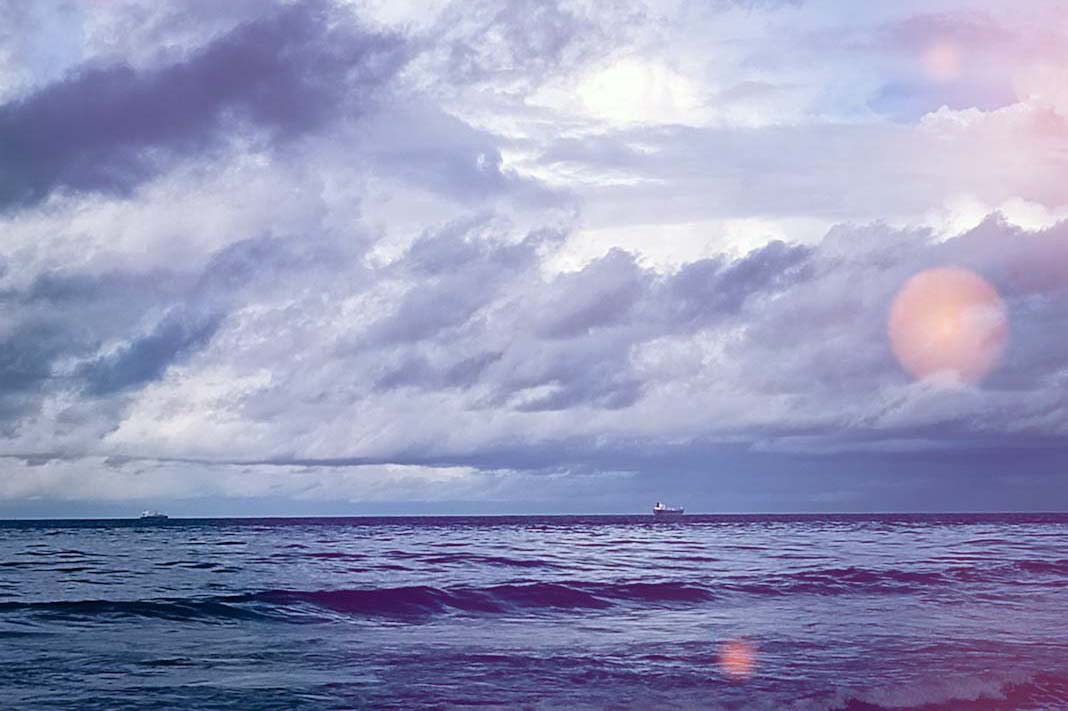
-
On 12 April 2025, Trammo, OCI, and James Fisher Fendercare conducted a successful ammonia ship-to-ship bunkering pilot in the Port of Rotterdam.
-
800 m³ of cold liquid ammonia was transferred over 2.5 hours at -33°C without incident, validating port safety protocols.
-
The demonstration raised Rotterdam’s Port Readiness Level for ammonia to Level 7, enabling project-based bunkering.
-
The pilot supports the port’s vision of a multi-fuel future and aligns with the EU-funded MAGPIE initiative for greener shipping.
On 12 April 2025, Trammo, OCI, and James Fisher Fendercare completed a ship-to-ship ammonia bunkering pilot at the Port of Rotterdam. The operation involved transferring 800 cubic meters of cold liquid ammonia at -33°C over 2.5 hours between two tankers, with zero leakage or environmental impact. This demonstration was conducted at the APM Maasvlakte 2 terminal and represents a major step in advancing alternative marine fuel infrastructure, according to Port of Rotterdam.
Validation of Port Safety and Infrastructure
The pilot validated the Port of Rotterdam’s safety framework for ammonia bunkering, confirming that the operation can be conducted safely without releasing ammonia into the environment. This success elevated the port’s Port Readiness Level for ammonia to Level 7, meaning it is now prepared to support ammonia bunkering on a project basis.
Stakeholders and Collaboration
The project saw collaboration from multiple entities:
-
OCI: Owner/operator of the ammonia terminal
-
Trammo: Supplier of ammonia and tanker operator
-
James Fisher Fendercare: Provided equipment and transfer expertise
-
Vessel: Offered bunkering support
-
DCMR, Rijnmond Safety Region (VRR), and Joint Fire Service (GB): Ensured safety protocols were followed
The Port of Rotterdam Authority coordinated the effort, aligning all parties for a smooth and secure operation.
Positioning Rotterdam for a Multi-Fuel Future
As the world’s second-largest bunker port, Rotterdam handles nearly 10 million tonnes of fuel annually. The Authority aims to accommodate all low-carbon marine fuels, including LNG, methanol, and ammonia, in the future. The use of ammonia, a carbon-free fuel, presents a major opportunity for the decarbonization of shipping, especially as the first ammonia-fueled vessels are expected by 2026–2027.
European Support through MAGPIE Programme
The pilot was part of the EU-funded MAGPIE programme (part of Horizon 2020), which promotes innovation and energy transition in ports. The programme involves ports, universities, research institutes, and companies working toward greener logistics. The Mærsk Mc-Kinney Møller Center for Zero Carbon Shipping played a key role in the pilot and will facilitate the dissemination of insights globally.
Though the pilot used grey ammonia, the infrastructure and safety systems in place are fully compatible with clean ammonia. The port’s preparation and experience lay a strong foundation for the scaling up of ammonia bunkering, supporting the shipping industry’s long-term carbon neutrality goals.
Did you subscribe to our daily Newsletter?
It’s Free Click here to Subscribe!
Source: Port of Rotterdam





















